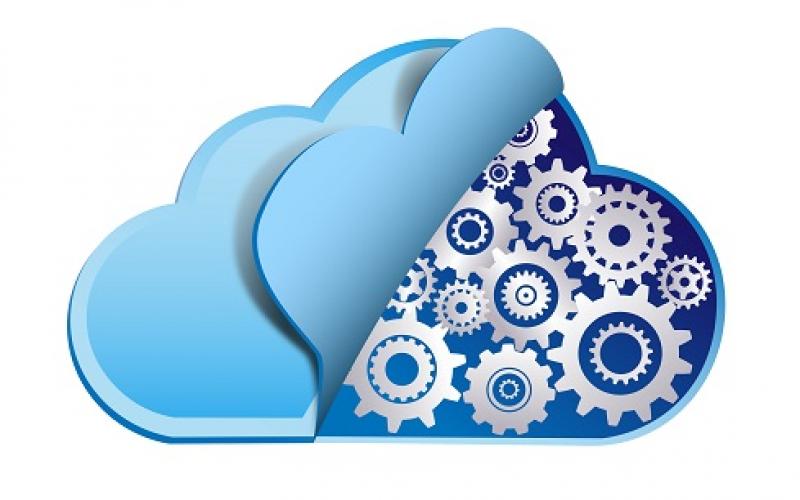When IaaS cloud computing first picked up steam, the manual tasks of cobbling together things like CPU, memory, OS, storage, network and databases to support an application was simply part of the process. For many just getting started with the cloud, flexibility and scalability benefits trumped ease of deployment and management. Not much thought really went into streamlining the deployment processes because that wasn't a top concern at that time.
Fast forward to 2016 and you have enterprise IaaS and PaaS multi-cloud deployments that are absolutely massive in scale, and getting bigger by the day. Management of a cloud infrastructure is becoming a tremendous challenge for in-house IT staff.
This is precisely why cloud orchestration is becoming such a hot trend. Cloud orchestration tools are used to simplify deployment/management and provide added visibility into cloud resources and processes. Orchestration software combines all the possible cloud resources, then provides a mechanism to link and automate the provisioning for various services your organization requires.
For many organizations, cloud orchestration is rapidly becoming a “must have” as opposed to a "nice to have." The benefits of orchestration are many, as you'll see in this slideshow. You'll learn about eight benefits of transforming a cloud deployment that uses a combination of manual and independent automated tasks- to one that offers end-to-end process automation. Not only will these benefits save you time and money, they also propel your infrastructure into the next level of preparedness for an oncoming digitization of the business world.
(Image: Bannosuke/iStockphoto)

















